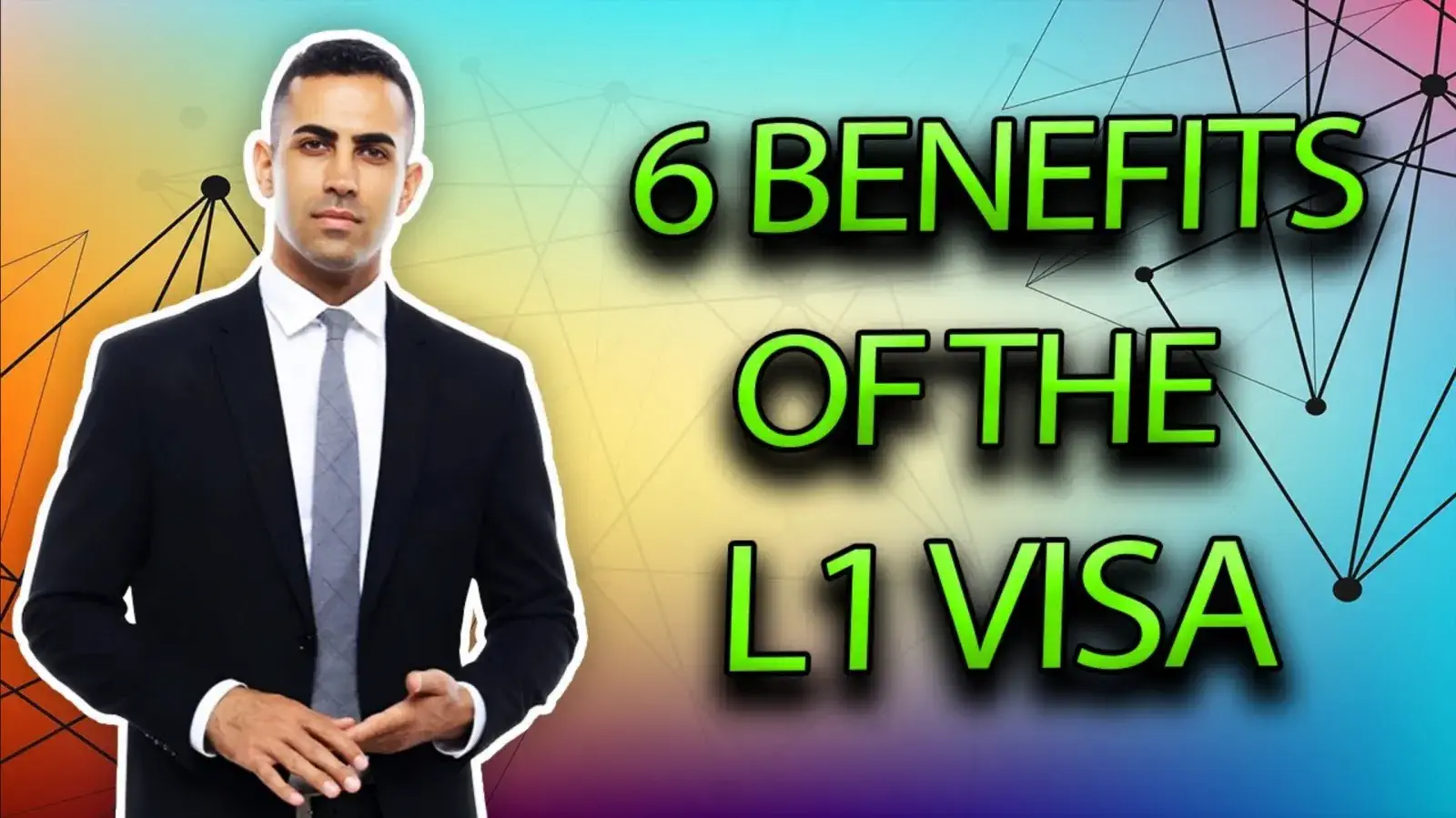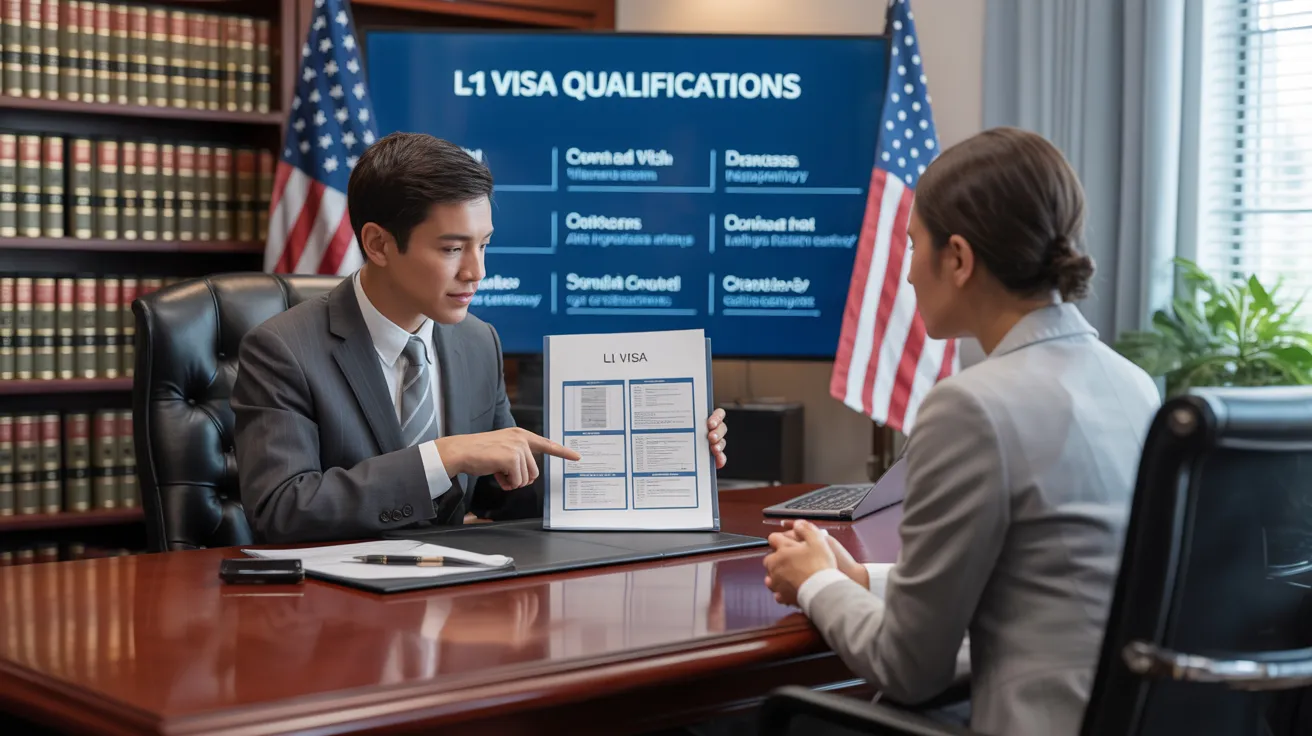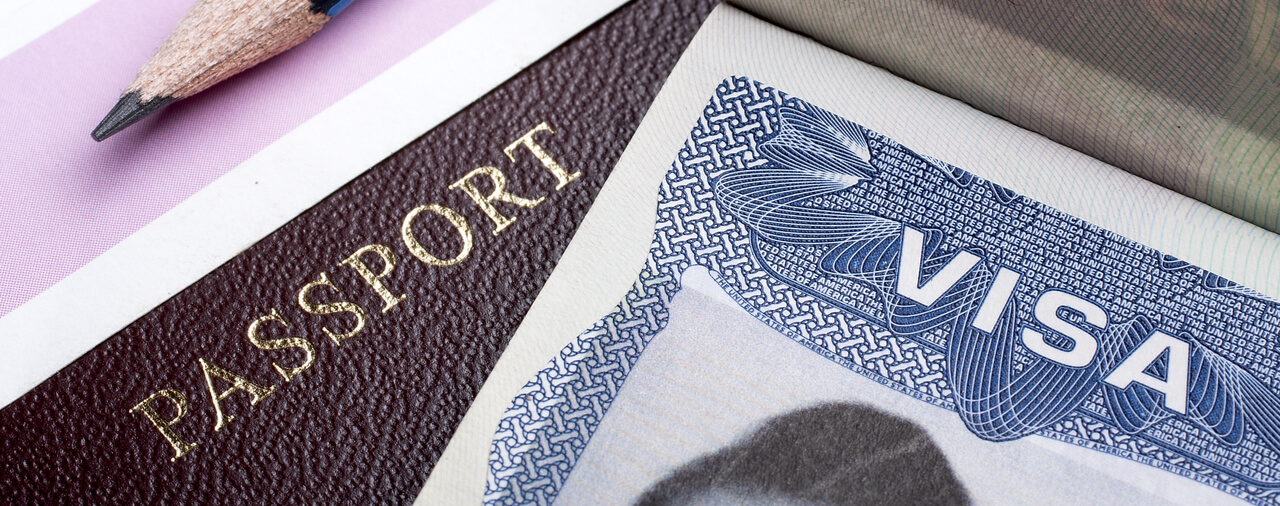Whatever You Need to Understand About the L1 Visa: Benefits, Requirements, and Extra
The L1 Visa functions as a critical tool for multinational companies seeking to transfer staff members to the USA, facilitating both operational performance and the transfer of specialized understanding. With unique classifications for executives and specialized specialists, this visa offers many advantages, including prospective paths to permanent residency. Recognizing the qualification demands and application procedure is important for an effective change. As we take a look at the complexities of the L1 Visa, it becomes clear that steering its intricacies is extremely important for companies intending to leverage worldwide ability properly. What obstacles might you experience in the process?
Summary of the L1 Visa

Kinds Of L1 Visas

Numerous sorts of L1 visas cater to the varied demands of multinational business wanting to move staff members to the USA. The two main categories of L1 visas are L1A and L1B, each developed for specific roles and obligations within an organization. L1 Visa.The L1A visa is meant for supervisors and execs. This classification enables companies to move people that hold supervisory or executive placements, enabling them to look after operations in the united state. This visa stands for a preliminary period of approximately 3 years, with the possibility of extensions for a total amount of approximately seven years. The L1A visa is especially useful for business seeking to develop a solid management visibility in the united state market.On the various other hand, the L1B visa is assigned for staff members with specialized expertise. This consists of people that have innovative experience in specific locations, such as exclusive technologies or distinct processes within the business. The L1B visa is additionally legitimate for a preliminary three-year period, with extensions offered for up to 5 years. This visa group is optimal for business that need employees with specialized skills to improve their procedures and preserve an one-upmanship in the U.S.Both L1A and L1B visas permit dual intent, meaning that visa owners can get irreversible residency while on the visa. Recognizing the differences between these two groups is vital for organizations planning to browse the intricacies of worker transfers to the United States effectively
Qualification Demands
To get an L1 visa, both the company and the worker must satisfy specific eligibility criteria set by U.S. immigration authorities. The L1 visa is developed for intra-company transferees, allowing international companies to transfer employees to their U.S. offices.First, the company needs to be a qualifying company, which indicates it should have a moms and dad company, branch, subsidiary, or affiliate that is doing company both in the united state and in the foreign country. This connection is essential for showing that the worker is being moved within the exact same corporate framework. The company should also have been doing service for at the very least one year in both locations.Second, the worker needs to have been employed by the international company for at the very least one continuous year within the three years coming before the application. This employment should be in a supervisory, executive, or specialized understanding capability. For L1A visas, which cater to supervisors and executives, the employee should show that they will certainly remain to operate in a similar capacity in the united state For L1B visas, intended for employees with specialized understanding, the specific must possess special experience that adds considerably to the company's operations.
Application Process
Maneuvering the application procedure for an L1 visa entails a number of crucial steps that have to be completed accurately to guarantee a successful result. The initial step is to determine the ideal group of the L1 visa: L1A for managers and executives, or L1B for staff members with specialized understanding. This distinction is considerable, as it affects the documentation required.Once the classification is recognized, the united state company have to submit Form I-129, Request for a Nonimmigrant Worker. This kind must include detailed details about the company, the staff member's duty, and the nature of the work to be done in the U.S. Accompanying paperwork generally includes proof of the connection between the U.S. and foreign entities, evidence of the worker's credentials, and information relating to the task offer.After submission, the united state Citizenship and Migration Provider (USCIS) will evaluate the application. If accepted, the employee will certainly be alerted, and they can after that get the visa at an U.S. consular office or consular office in their home nation. This includes finishing Type DS-160, the Online Nonimmigrant copyright, and scheduling an interview.During the meeting, the candidate should offer different records, consisting of the approved Kind I-129, proof of work, and any type of added sustaining proof. Adhering to the interview, if the visa is provided, the staff member will certainly receive a visa stamp in their key, enabling them to get in the united state to help the sponsoring company. Proper preparation and complete documentation are vital to steering this procedure efficiently.
Benefits of the L1 Visa
Among the significant benefits of the L1 visa is its capacity to assist in the transfer of key personnel from global offices to the United States. This visa is especially advantageous for multinational companies seeking to preserve uniformity in operations and leadership throughout borders. By allowing executives, managers, and specialized employees to work in the united state, organizations can guarantee that their most important talent is readily available to drive business objectives.Another considerable advantage of the L1 visa is its relatively simple application procedure compared to other job visas. Organizations can petition for the L1 visa without the need for a labor qualification, which simplifies the recruitment of international staff members. Moreover, the visa can be given for an initial duration of approximately 3 years, with the opportunity of extensions, assisting in long-term assignments.The L1 visa additionally provides a path to irreversible residency. Staff members on L1A visas (for managers and executives) can request a Permit after one year, accelerating their modification to permanent status. This feature is an attractive reward for skilled individuals seeking security in the united state workforce.Additionally, L1 visa holders can bring their immediate relative to the U.S. under L2 status, allowing spouses and kids to stay and research in the country, enhancing the general appeal of this visa category. Generally, the L1 visa offers as a vital device for global organizations, fostering cross-border cooperation and talent flexibility.
Common Obstacles
While the L1 visa provides numerous benefits for international firms and their staff members, it is not without its obstacles. One remarkable obstacle is the stringent documents and qualification needs enforced by the united state Citizenship and Immigration Provider (USCIS) Companies must provide in-depth proof of the international staff member's certifications, the nature of business, and the certifying partnership between the U.S. and international entities. This process can be time-consuming and may call for legal knowledge to browse successfully.Another difficulty is the potential for analysis during the application procedure. USCIS officers may examine the legitimacy of the organization operations or the worker's function within the company. This scrutiny can result in hold-ups and even denials of the copyright, which can significantly affect the company's functional plans and the worker's occupation trajectory.Furthermore, the L1 visa is connected to the funding employer, which indicates that task modifications can make complex the visa status. If an L1 visa holder desires to switch over employers, they need to usually seek a different visa classification, which can include intricacy to their immigration journey.Lastly, preserving conformity with L1 visa guidelines is crucial. Companies should assure that their staff member's function aligns with the first application which business continues to satisfy the qualification demands. Failing to do so can result in abrogation of the visa, influencing both the worker and the organization. These difficulties require extensive prep work and ongoing administration to guarantee a successful L1 visa experience.
Tips for Success
To successfully browse the L1 visa process, thorough prep work is vital. Beginning by thoroughly understanding the certain requirements for the L1 visa category you are obtaining, whether L1A for supervisors and execs or L1B for workers with specialized understanding. Collect all required documents early in the procedure, including evidence of your work history, organizational framework, and the nature of the business operations.Engage lawful guidance experienced in immigration law to assist you through the details of the application. A lawyer can assist assure that your application is full, precise, and engaging. They can additionally assist in getting ready for possible L1 Visa ask for evidence (RFEs) by proactively resolving areas that may raise questions.Additionally, maintain clear communication with your employer, that need to provide crucial assistance for your application. L1 copyright copyright. Verify that they recognize their duties, including submitting the necessary petitions and giving documents that validates your function in the organization.Prepare for the visa meeting by exercising answers to typical inquiries regarding your professional background and the nature of your work. Demonstrating self-confidence and clearness can substantially affect the result of your application
Frequently Asked Inquiries
Can Family Members Accompany L1 Visa Holders?
Yes, relative can go along with L1 visa owners. Spouses and unmarried youngsters under 21 years old are qualified for L2 visas, which permit them to live and research in the United States during the L1 holder's stay.
For How Long Can L1 Visa Owners Keep in the U.S.?
L1 visa owners can at first remain in the U.S. for up to three years (L1 Visa). This duration might be expanded, permitting a maximum keep of 7 years for L1A visa holders and five years for L1B visa owners
Is the L1 Visa a Double Intent Visa?

Can L1 Visa Owners Make An Application For a Permit?
Yes, L1 visa owners can obtain a copyright - L1 copyright copyright. The L1 visa supports dual intent, enabling owners to seek long-term residency while keeping their non-immigrant condition, facilitating a smoother changeover to a copyright
What Happens if an L1 copyright Is Denied?
If an L1 copyright is refuted, the applicant may receive a notice laying out the factors for denial. L1 Visa. They can appeal the choice, reapply, or check out alternate visa choices depending on their situations and qualifications
Conclusion
In recap, the L1 Visa functions as an important instrument for international firms looking for to transfer employees to the United States. Understanding the differences in between L1A and L1B classifications, in addition to the eligibility needs and application procedures, is crucial for effective navigating of this non-immigrant classification. The benefits supplied, including structured applications and paths to irreversible residency, better enhance its charm. Attending to typical difficulties effectively can bring about a much more favorable result in the copyright procedure.
Comments on “L1 Visa Explained”